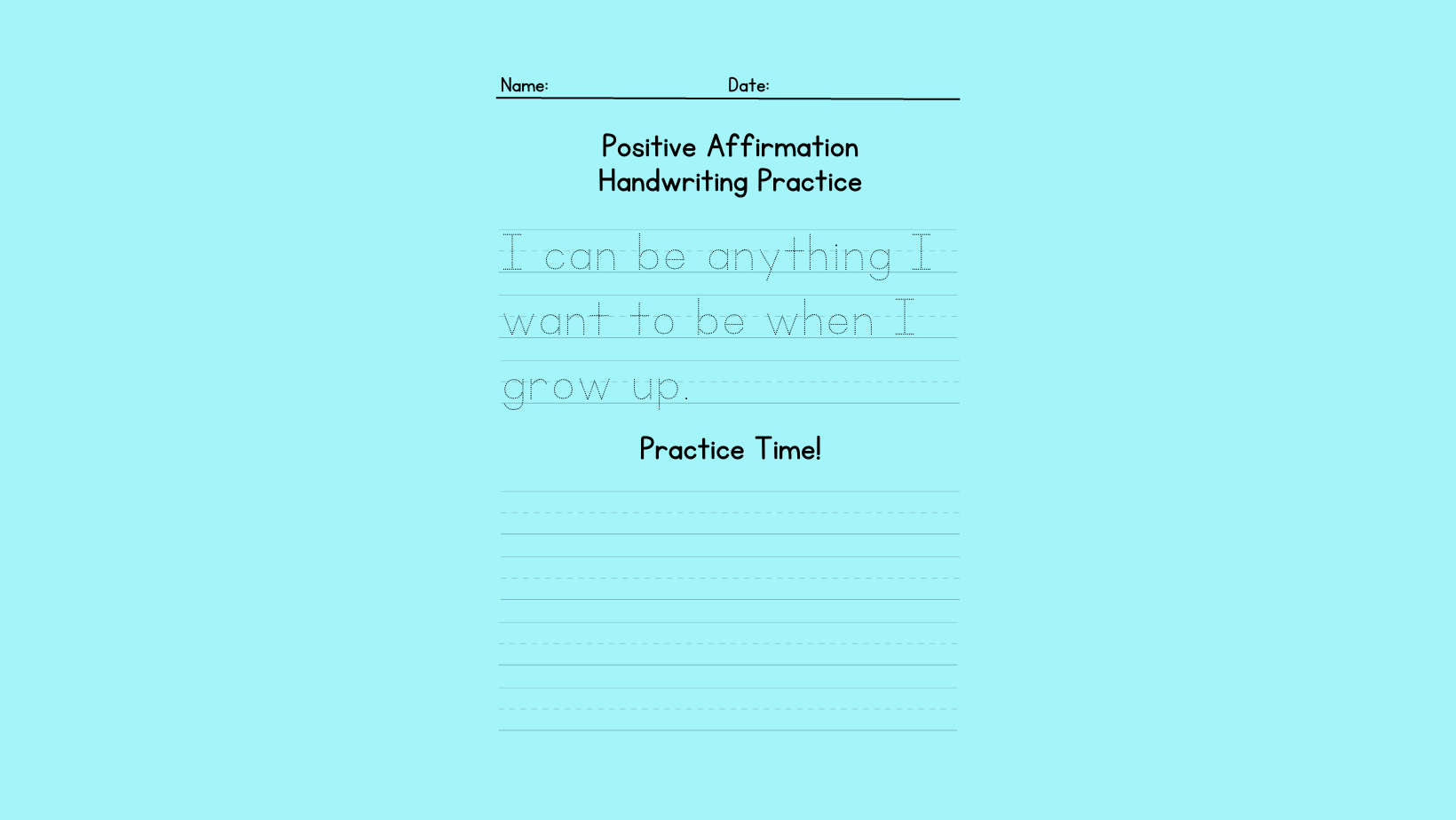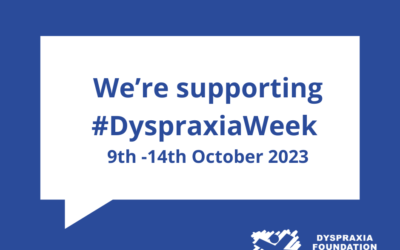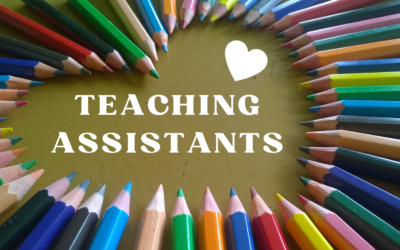Educating a child with dyspraxia can be both rewarding and challenging, given the myriad of symptoms this neurological condition presents. However, it’s vital to recognise that dyspraxia doesn’t affect a child’s intelligence. With the right guidance and support, children with dyspraxia can learn alongside their peers, ensuring they reach their full potential in the classroom.
What is Dyspraxia? Dyspraxia, also known as developmental coordination disorder, is a condition that results from the brain’s inability to effectively coordinate physical movements with the body’s muscles. Although the exact cause of dyspraxia remains unknown, it’s often attributed to genetics, with a higher prevalence in boys. Researchers have noted a tendency for dyslexia and dyspraxia to coexist in some cases.
There are four primary types of dyspraxia:
- Oromotor Dyspraxia: This type affects a child’s ability to articulate words, causing speech difficulties.
- Constructional Dyspraxia: This form primarily involves spatial relationship difficulties.
- Ideational Dyspraxia: This type hinders the execution of coordinated movements in a sequence, making it challenging for a child to perform multi-step tasks.
- Ideomotor Dyspraxia: This type creates problems for single-step tasks, impacting simple actions.
Children with dyspraxia may experience a range of symptoms, including balance and posture issues, challenges with using writing tools, and even slurred speech. Dyspraxia extends beyond physical abilities and can affect planning, organisation skills, leading to the perception of clumsiness and potential self-confidence issues. While early symptoms may manifest in toddlers, an official diagnosis is typically made around the age of 5 – this is once coordination difficulties are shown to be unrelated to muscle strength or other neurological conditions.
Challenges in School Children with dyspraxia may face several difficulties in a school environment. These challenges can include:
- Handwriting: Dyspraxic children may struggle with handwriting, making it a laborious and often frustrating task.
- Technology Use: Navigating computers, keyboards, and touch-screen devices can be challenging, impacting tasks that require digital skills.
- Physical Education, Music, and Art Classes: Performing movements required for these classes may be difficult for children with dyspraxia.
- Planning and Organisation: Dyspraxia can extend to challenges with planning and organisation, making it essential to provide structure and support for schoolwork.
Recognising Dyspraxia at School Teachers and parents play a crucial role in recognising dyspraxia in students. It’s important to identify the root cause of performance issues and provide appropriate support. Sometimes, simple accommodations like touch-typing instead of handwriting or using audio recordings for notes can make all the difference in helping a struggling child succeed.
Supporting Students with Dyspraxia in School When it comes to supporting students with dyspraxia in the classroom, teachers can make a substantial impact by understanding the condition and implementing effective strategies:
- Understanding Individual Learning Needs: Recognising that no two students with dyspraxia are alike, teachers can tailor their support based on each child’s specific challenges and strengths.
- Cultivating Sensitivity: Sensitivity to dyspraxic behaviour can reduce criticism and reprimands/demands. This creates a more supportive environment for children.
- Structured Assignments with Clear Directions: Providing structured assignments with clear instructions helps dyspraxic students navigate tasks more effectively. As always, feedback and praise are essential to maintain motivation.
- Writing Tools and Paper: Wide-stemmed pencils, pens with rubber grips, and felt-tip pens can assist students in writing. Graph paper can guide letter placement and spacing, while lined paper can accommodate larger letters.
- Alternatives to Handwriting Activities: Dyspraxic students often find handwriting frustrating. Offering alternatives like note-taking buddies, the use of computers, or providing electronic copies of materials can reduce the strain.
- Teaching Touch-Typing: Touch-typing can be a game-changer, making writing and composition easier by eliminating the physical demands of producing text.
- Seating Arrangements: Placing students with dyspraxia at the front of the room provides better visibility and concentration. Minimising classroom distractions is also crucial.
- Providing Breaks: Short breaks during lessons can improve concentration and reduce frustration, not only for students with dyspraxia but for others facing classroom challenges.
- Extra Time: Dyspraxic students often require additional processing time. Offering extended deadlines for assignments and flexible timelines between classes can be beneficial.
- Step-by-Step Directions: Clear, step-by-step task instructions, written in short sentences or presented with checklists, ensure comprehension. Demonstrating tasks and providing printed and verbal directions can further clarify assignments.
- Multiple Modes of Support: Offering written, visual, and recorded support helps dyspraxic students process information more effectively. Formatting materials with bullet points and images can support comprehension.
- Classroom Rules and Role-Play: Involving students in creating classroom rules and using role-play to practice social skills fosters a supportive classroom community.
- Fine Motor Skill Support: Assisting with tasks that require fine motor skills, such as using scissors or folding paper, is vital to helping students build competence.
Embracing Technology Technology is a valuable tool in supporting students with dyspraxia. Even children as young as seven can learn touch-typing, which reduces the need for fine motor skills and minimises the challenges of handwriting. Technology offers alternative means for students to complete assignments, making success in school more achievable.
In conclusion, children with dyspraxia have immense potential, and with the right understanding and support, they can thrive in the school environment. Education profesionals play a pivotal role in creating an inclusive and accommodating classroom, where each child can develop their unique strengths and capabilities. By embracing individually tailored strategies and harnessing technology, we can empower dyspraxic students to excel academically, ensuring their confidence and self-esteem remain intact throughout their educational journey.




